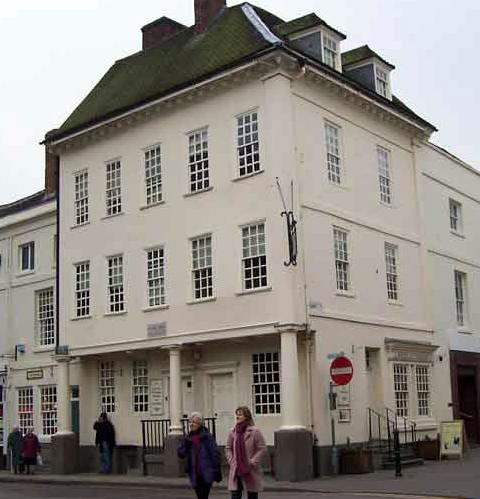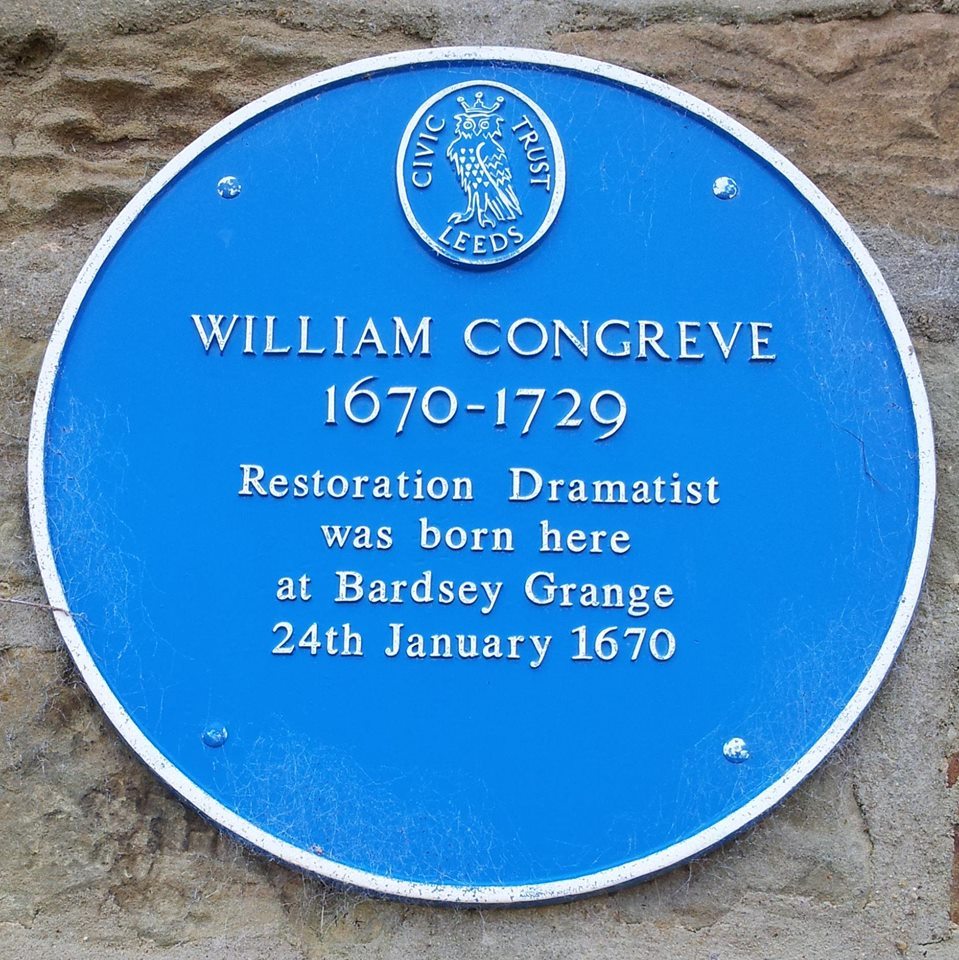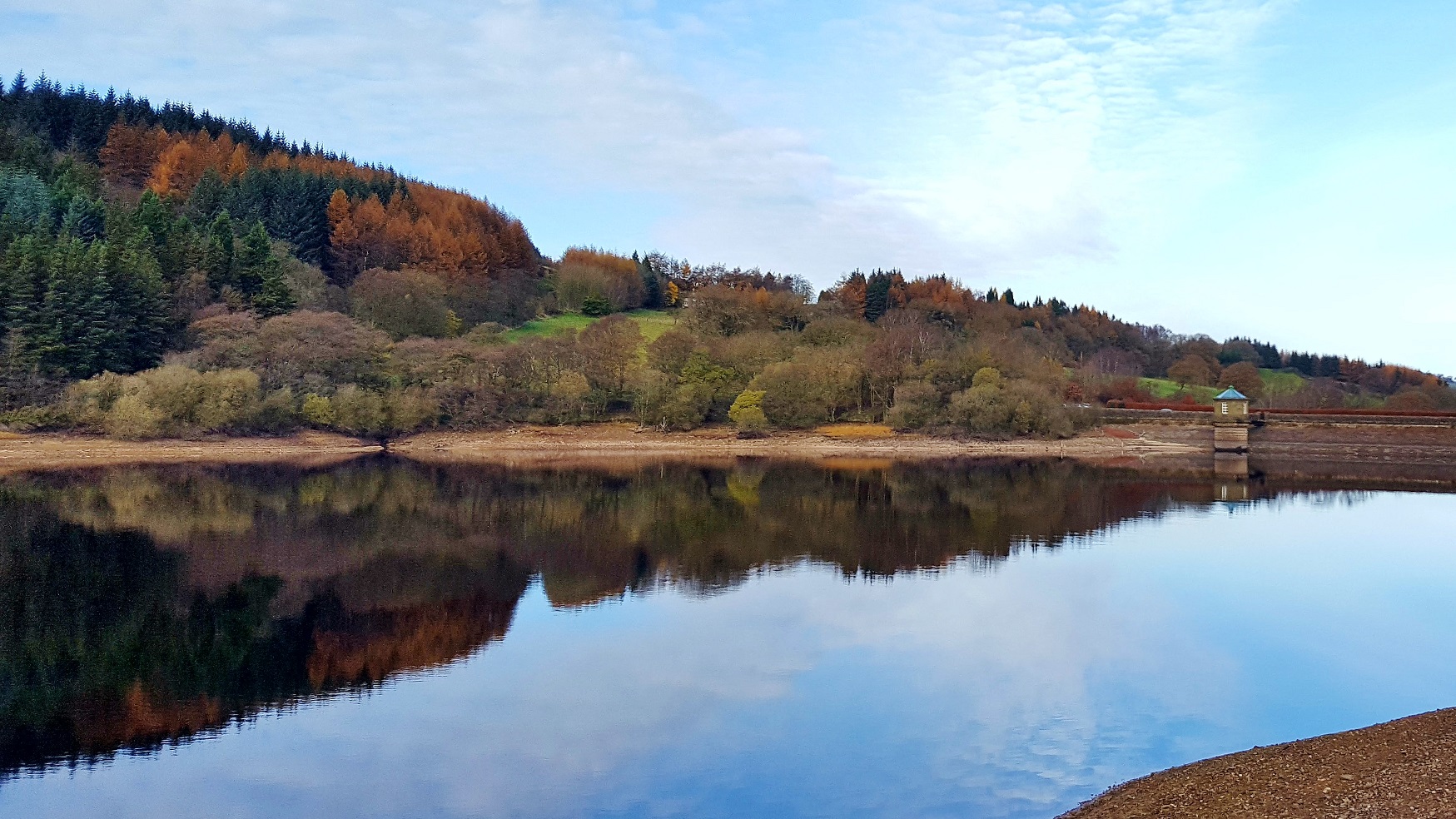|
Ilam, Staffordshire
Ilam () is a village in the Staffordshire Peak District of England, lying on the River Manifold. The population of the civil parish as taken at the 2011 census was 402. Ilam village Ilam is best known as the location of the neo-Gothic Ilam Hall, a stately home built in the 1820s, partly demolished in the 1930s. It is now a YHA youth hostel owned by the National Trust. It is set in large parklands that are open to visitors and is a Grade II* listed property, as "Ilam Hall and Gardeners Cottage". Many of the cottages are in a style that reminds visitors of a picturesque Swiss village, with chalet-style houses and matching school house. This concept was started in the 1800s by Jesse Watts-Russell, who inherited a fortune on the death of his father, a wealthy soap manufacturer. He built the current Ilam Hall and his family resided there for decades. Ilam is about 4 miles from Ashbourne at the entrance to the scenic Manifold Valley. Ilam lies close to the popular Dovedale v ... [...More Info...] [...Related Items...] OR: [Wikipedia] [Google] [Baidu] |
Staffordshire Moorlands
Staffordshire Moorlands is a local government district in Staffordshire, England. Its council is based in Leek, the district's largest town. The district also contains the towns of Biddulph and Cheadle, along with a large rural area containing many villages. North-eastern parts of the district lie within the Peak District National Park. The area's principal industries are agriculture, fashion and tourism. Visitor attractions include the National Trust property Biddulph Grange, the Churnet Valley Railway, the UK's largest theme park Alton Towers Resort, and the annual Leek Arts Festival. There are also a variety of outdoor pursuits such as rock climbing ( The Roaches), sailing (Rudyard Lake) and cycling ( Waterhouses). The neighbouring districts are East Staffordshire, Stafford, Stoke-on-Trent, Newcastle-under-Lyme, Cheshire East, High Peak and Derbyshire Dales. History Historically the area was contained in the Hundred of Totmonslow, except for the parish of Biddulph, ... [...More Info...] [...Related Items...] OR: [Wikipedia] [Google] [Baidu] |
Sunday Telegraph
''The Sunday Telegraph'' is a British broadsheet newspaper, first published on 5 February 1961 and published by the Telegraph Media Group, a division of Press Holdings. It is the sister paper of ''The Daily Telegraph ''The Daily Telegraph'', known online and elsewhere as ''The Telegraph'', is a British daily broadsheet conservative newspaper published in London by Telegraph Media Group and distributed in the United Kingdom and internationally. It was found ...'', also published by the Telegraph Media Group. ''The Sunday Telegraph'' was originally a separate operation with a different editorial staff, but since 2013 the ''Telegraph'' has been a seven-day operation. However, ''The Sunday Telegraph'' still has its own editor, different from that of ''The Daily Telegraph''. According to the Audit Bureau of Circulations, the ''Sunday Telegraph'' had an average circulation of 214,711 copies per week in the first half of 2021. See also * References External links * ... [...More Info...] [...Related Items...] OR: [Wikipedia] [Google] [Baidu] |
Ilam, New Zealand
Ilam () is a suburb of Christchurch, New Zealand, about five kilometres west of the city centre. It is the location of the University of Canterbury. Located adjacent to State Highway 1 and the Christchurch International Airport, it is handily placed for transportation. It is also located close to the major retail area of Riccarton. __TOC__ History The suburb was named after the ancestral home of the Hon. John Watts-Russell (1825–75), who hailed from Ilam Hall in Staffordshire, England. He settled in Canterbury in 1850, arriving on and named his property ''Ilam''. The Ilam homestead was in the 1950s inhabited by the rector of Canterbury College, Henry Rainsford Hulme. In 1954 the homestead gained notoriety as Hulme's 16-year-old daughter Juliet was involved in the Parker–Hulme murder case. The homestead was used as a major location for Peter Jackson's film about the murders, ''Heavenly Creatures''. The homestead has been the University of Canterbury Staff Club si ... [...More Info...] [...Related Items...] OR: [Wikipedia] [Google] [Baidu] |
John Watts-Russell
John Charles Watts-Russell JP (1825 – 2 April 1875) was a 19th-century New Zealand politician, a member of the Canterbury Provincial Council and a member of the Legislative Council. He was supposedly the wealthiest of the early settlers, and his homestead became the centre of entertainment in Christchurch. He was a significant runholder and, together with a business partner, was responsible for building up the Canterbury sheep stock. Early life Watts-Russell was born in Ilam Hall in Staffordshire, England in 1825, one of nine children and the youngest son of the family. His father was Jesse Watts-Russell (1786–1875), a wealthy landowner and Conservative MP for the rotten borough of Gatton, and his mother was Mary Watts. His father, who was originally called Jesse Russell, took on the new family name of Watts-Russell in March 1817. Ilam in Staffordshire was built by his father. The valley and surrounding hills reminded his father of the Alps, and consequently he had so ... [...More Info...] [...Related Items...] OR: [Wikipedia] [Google] [Baidu] |
Samuel Johnson
Samuel Johnson ( – 13 December 1784), often called Dr Johnson, was an English writer who made lasting contributions as a poet, playwright, essayist, moralist, literary critic, sermonist, biographer, editor, and lexicographer. The ''Oxford Dictionary of National Biography'' calls him "arguably the most distinguished man of letters in English history". Born in Lichfield, Staffordshire, he attended Pembroke College, Oxford, until lack of funds forced him to leave. After working as a teacher, he moved to London and began writing for ''The Gentleman's Magazine''. Early works include '' Life of Mr Richard Savage'', the poems ''London'' and '' The Vanity of Human Wishes'' and the play '' Irene''. After nine years of effort, Johnson's '' A Dictionary of the English Language'' appeared in 1755, and was acclaimed as "one of the greatest single achievements of scholarship". Later work included essays, an annotated '' The Plays of William Shakespeare'', and the apologue '' The Hist ... [...More Info...] [...Related Items...] OR: [Wikipedia] [Google] [Baidu] |
William Congreve
William Congreve (24 January 1670 – 19 January 1729) was an English playwright, satirist, poet, and Whig politician. He spent most of his career between London and Dublin, and was noted for his highly polished style of writing, being regarded by critics as one of the most important dramatists of the early Georgian era. He wrote some of the most popular poems of the 17th century, and is credited with developing the satirical comedy of manners genre. His plays and poems, which formed a major part of Restoration literature, were favorably viewed for their use of satire and comedy. Congreve is remembered for his play '' The Way of the World'' (1700), which is considered by literary commentators to be one of the centerpieces of Restoration comedy literature. Congreve also wrote several other notable plays, including '' The Old Bachelor'' (1693), '' The Double Dealer'' (1693), '' Love for Love'' (1695), and '' The Mourning Bride'' (1697), all of which helped establish him as a gr ... [...More Info...] [...Related Items...] OR: [Wikipedia] [Google] [Baidu] |
European Bullhead
The European bullhead (''Cottus gobio'') is a freshwater fish that is widely distributed in Europe, mainly in rivers. It is a member of the family Cottidae, a type of sculpin. It is also known as the miller's thumb, freshwater sculpin, common bullhead, and cob. The European bullhead is a small demersal fish that lives both in cold, clear, fast-flowing small streams and in middle-sized rivers. It also occurs on gravelly shores of cold lakes. Further, it thrives in diluted brackish water of the Northern Baltic Sea. Description The bullhead has a large broad head and tapering body, large fins and a rounded tail. The eyes are located near the top of the head. To the distinction from the other freshwater sculpin species found in Northern Europe, it can be told from the alpine bullhead ''Cottus poecilopus'' by the fact that the rays of its pelvic fins are of similar lengths while the first and last rays are longer in the alpine bullhead. It can be distinguished from the fourhorn sc ... [...More Info...] [...Related Items...] OR: [Wikipedia] [Google] [Baidu] |
Wetton Mill
Wetton is a village in the Staffordshire Moorlands in Staffordshire, England. It is in the Peak District and at the top of the east side of the Manifold Valley. The population recorded in the 2001 Census was 157. At the time of the 2011 Census the population was recorded under Ilam. This article describes the location, some of the main features of the village, and a number of places of historical or general interest in or near the village. These include Long Low, Wetton, a prehistoric burial site unique to England. Because the post town is Ashbourne, Derbyshire, many sources of tourist information wrongly describe Wetton as being in Derbyshire. Location Wetton is a small village in the Staffordshire Peak District. It is about 2 miles west of Alstonfield and 8½ miles east of Leek. It stands high above the Manifold valley and contains mostly stone-built properties. The village has an inn, and a church, part of which dates back to the 14th century. The church is unusual in t ... [...More Info...] [...Related Items...] OR: [Wikipedia] [Google] [Baidu] |
Peak District Boundary Walk
The Peak District Boundary Walk is a circular walking trail, starting and finishing at Buxton and broadly following the boundary of the Peak District, Britain's first national park. The route was developed by the Friends of the Peak District (a branch of the Campaign to Protect Rural England) and was launched on 17 June 2017. The Friends of the Peak District's founders, Gerald and Ethel Haythornthwaite, proposed the boundary of the Peak District National Park, which was subsequently established as the United Kingdom's first National parks of England and Wales, National Park in 1951. The route is waymarked with green markers and uses existing footpaths, tracks, quiet lanes, disused railway lines and a canal towpath. The start and finish is at the King's Head pub on Buxton Market Place, where a plaque has been installed by the Peak & Northern Footpaths Society (PNFS). The terrain covers open moorlands of the South Pennines, the limestone scenery of the Derbyshire Dales, woodlands, ... [...More Info...] [...Related Items...] OR: [Wikipedia] [Google] [Baidu] |
Milldale (Peak District)
Dovedale is a valley in the Peak District of England. The land is owned by the National Trust and attracts a million visitors annually. The valley was cut by the River Dove and runs for just over between Milldale in the north and a wooded ravine, near Thorpe Cloud and Bunster Hill, in the south. In the wooded ravine, a set of stepping stones cross the river and there are two caves known as the Dove Holes. Dovedale's other attractions include rock pillars such as Ilam Rock, Viator's Bridge and the limestone features Lovers' Leap and Reynard's Cave. Geology The limestone rock that forms the geology of Dovedale consists of the fossilised remains of sea creatures that lived in a shallow sea over the area during the Carboniferous period, about 350 million years ago. During the two ice ages, the limestone rock (known as reef limestone) was cut into craggy shapes by glacial meltwater, and dry caves such as Dove Holes and Reynard's Kitchen Cave were eventually formed. History T ... [...More Info...] [...Related Items...] OR: [Wikipedia] [Google] [Baidu] |
Derbyshire
Derbyshire ( ) is a ceremonial county in the East Midlands of England. It borders Greater Manchester, West Yorkshire, and South Yorkshire to the north, Nottinghamshire to the east, Leicestershire to the south-east, Staffordshire to the south and west, and Cheshire to the west. Derby is the largest settlement, and Matlock is the county town. The county has an area of and a population of 1,053,316. The east of the county is more densely populated than the west, and contains the county's largest settlements: Derby (261,400), Chesterfield (88,483), and Swadlincote (45,000). For local government purposes Derbyshire comprises a non-metropolitan county, with eight districts, and the Derby unitary authority area. The East Midlands Combined County Authority includes Derbyshire County Council and Derby City Council. The north and centre of Derbyshire are hilly and contain the southern end of the Pennines, most of which are part of the Peak District National Park. They include Kinde ... [...More Info...] [...Related Items...] OR: [Wikipedia] [Google] [Baidu] |







